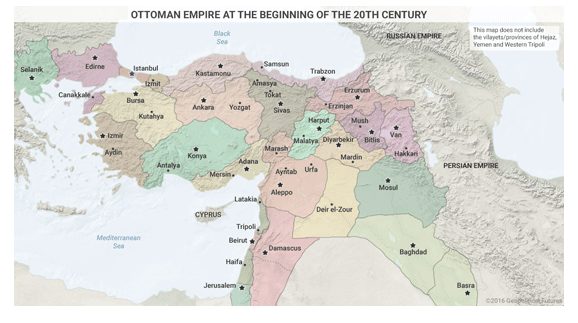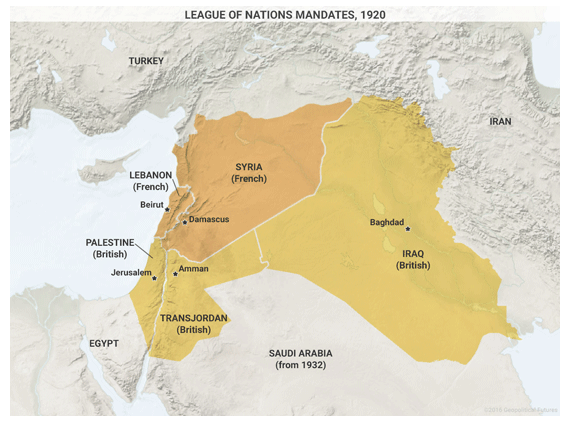Thus, when the Ottomans retreated after World War I, they left behind a chaotic jumble of ethnic groups tied to various religions. Each group had the strength to survive but lacked enough strength to conquer the others. The consequence is inherent instability.
The previous two maps show why all attempted conquests have failed to some degree.
The lowlands are mainly desert and relatively underpopulated, which means that aggression was limited to low-level conflicts. On the lowlands, it is relatively easy for conquerors to come and go, and transform the population to reflect their values along the way.
The mountainous northern region has highly diversified cultures and religions, and the terrain renders it difficult to conquer completely. Aggressors may control the main roads and mountain passes, but going into every valley is impossible. Mountains give the advantage to the defender, and unless a region is strategically critical, the conquerors will opt to leave them alone.
The outcome is that mountain regions around the world—like the Caucasus, Balkans, or Appalachians—tend to protect unique cultures from annihilation. And proximity to people who differ from you results in conflict. These conflicts are ancient and repeat themselves.
Moments of peace in both the mountains and the lowlands only occurred when one of the mountain nations was militarily and economically victorious and spread its influence south into what is today the Arab world. The latest and most important from our point of view was the Ottoman Empire.

The Ottoman Empire collapsed after World War I primarily due to a single weakness. While the European and Russian empires participated in the industrial revolution, the Ottomans did not. And World War I was an industrial war. The Ottomans could win battles, but their empire couldn’t survive the war.
The subsequent fragmentation of the empire laid the groundwork for the emergence of the modern Middle East.

After World War I, the victorious powers divided the spoils under the Sykes-Picot Agreement. But they did not simply divide the prize; the area was consolidated in a configuration that had never existed before. Compare the map of the Ottoman provinces with the map the Europeans imposed. There were far fewer entities.








